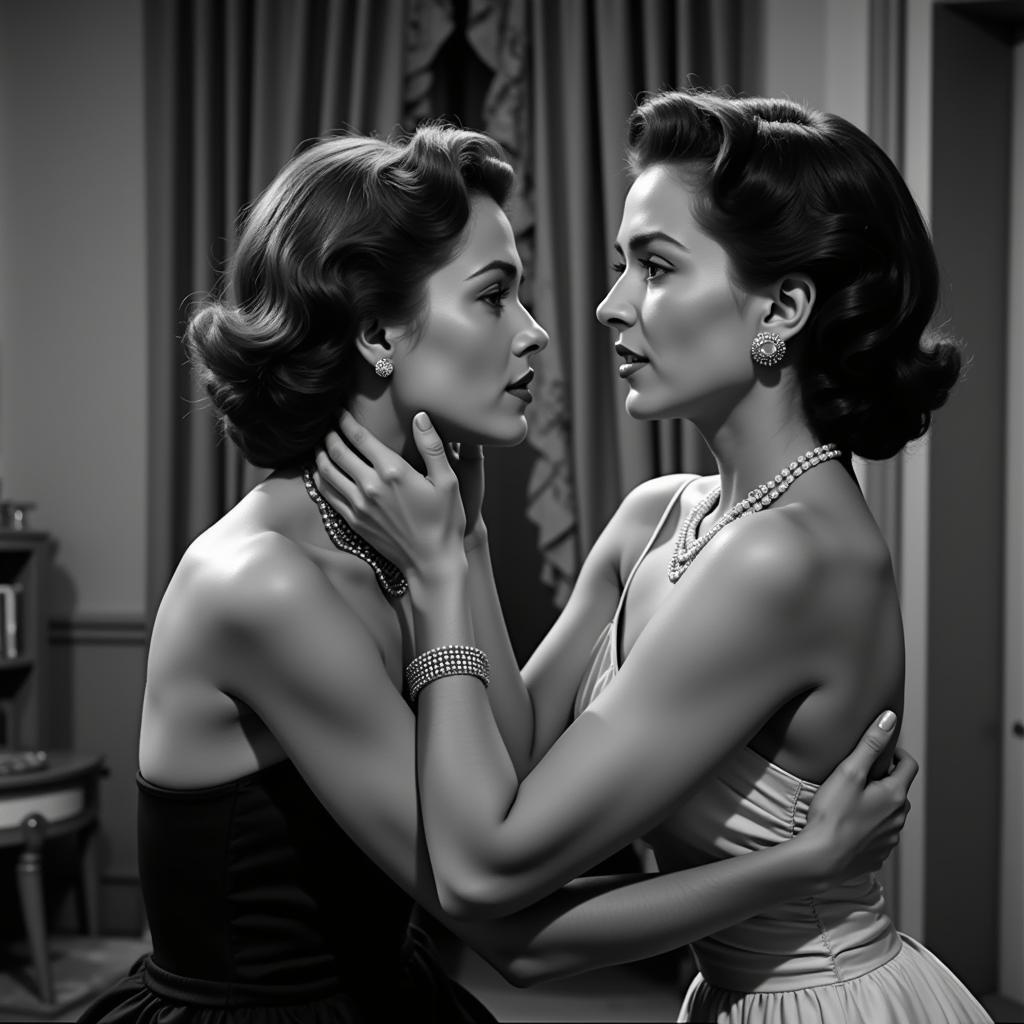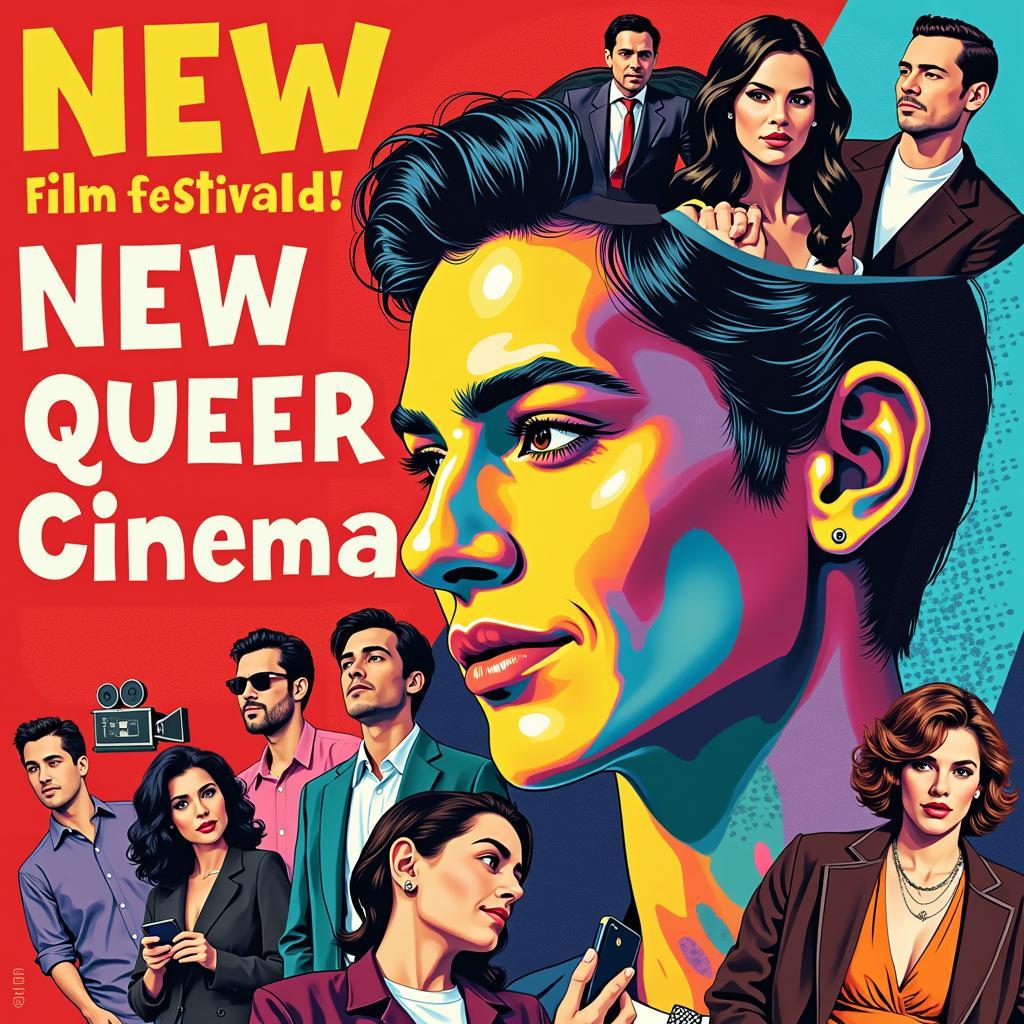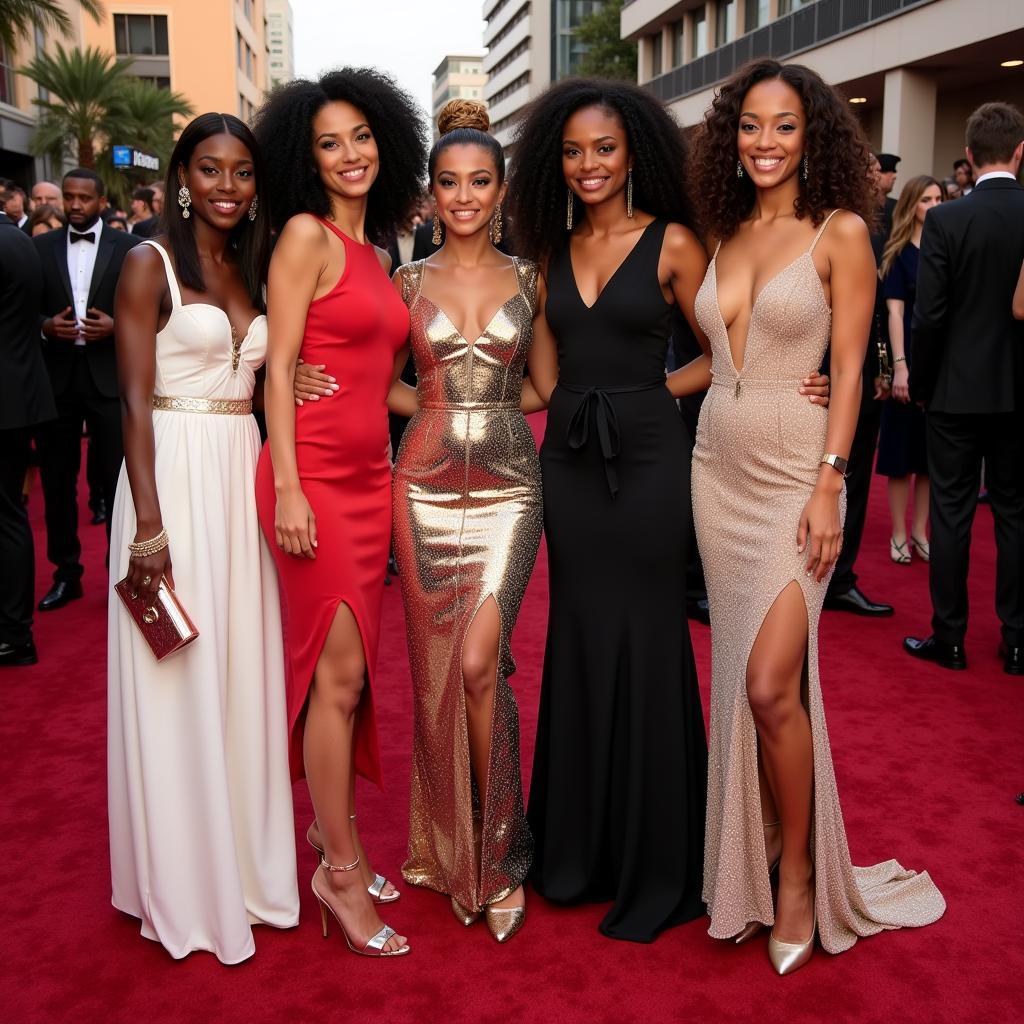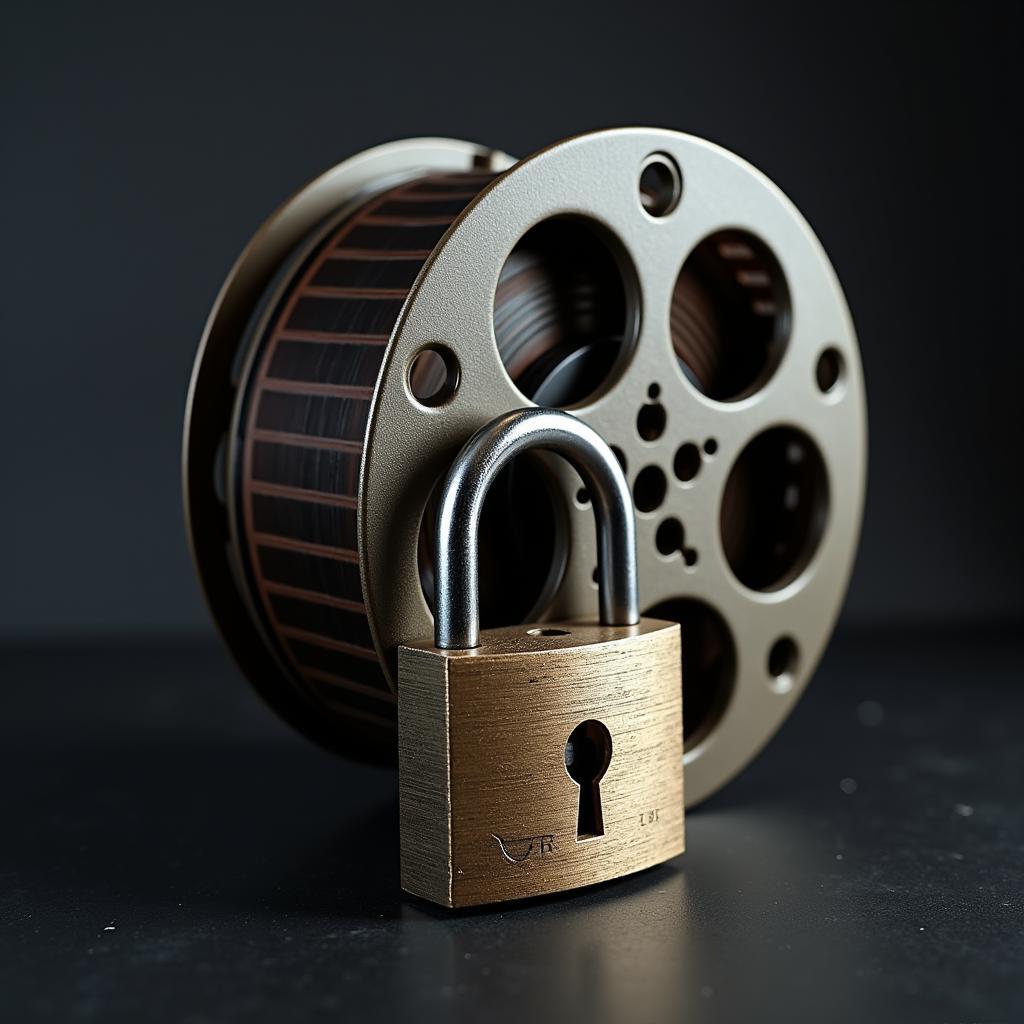Hollywood, a realm of fantasy and storytelling, has often grappled with representing diverse forms of love on screen. Lesbian relationships, in particular, have faced a complex and evolving journey in mainstream cinema. While early portrayals were often stereotypical or relegated to the fringes, recent decades have witnessed a growing acceptance and nuanced representation of lesbian characters and their stories.
 Two Women in a Classic Hollywood Film Embrace Tenderly
Two Women in a Classic Hollywood Film Embrace Tenderly
This exploration delves into the evolution of lesbian representation in Hollywood movies, examining both the progress made and the challenges that remain. From coded glances to explicit intimacy, we’ll trace how cinematic depictions of lesbian love have mirrored societal attitudes and contributed to shifting perspectives.
Breaking Free from the Shadows: Early Representations and the Hays Code
The early years of Hollywood cinema, particularly during the era of the Hays Code (1930-1968), presented a significant hurdle for portraying any form of non-heterosexual relationship openly. The Hays Code, with its strict censorship guidelines, prohibited the depiction of “sex perversion,” effectively pushing lesbian relationships into the realm of subtext and insinuation.
Filmmakers, however, found subtle ways to navigate these restrictions. Strong female friendships, often imbued with an undercurrent of romantic tension, became a common trope. Characters with ambiguous relationships and coded dialogue allowed audiences to read between the lines and find representation where it was subtly offered.
The Rise of Independent Cinema and the New Queer Cinema Movement
The late 20th century witnessed a significant shift in cinematic landscapes with the rise of independent cinema. Freed from the constraints of mainstream studio expectations, independent filmmakers, many of whom identified as LGBTQ+, began to explore lesbian narratives with greater authenticity and depth.
 A Film Festival Poster Celebrating New Queer Cinema
A Film Festival Poster Celebrating New Queer Cinema
The New Queer Cinema movement of the late 1980s and early 1990s marked a turning point. Films like “Go Fish” (1994) and “The Watermelon Woman” (1996) placed lesbian characters and their experiences front and center, challenging societal norms and offering fresh perspectives on gender, sexuality, and identity.
Mainstream Recognition and the Fight for Visibility
The 21st century has witnessed a growing acceptance of LGBTQ+ individuals and relationships in mainstream society, and this shift is reflected in Hollywood cinema. Lesbian characters are increasingly portrayed in diverse genres, from romantic comedies to action films, and their stories are no longer confined to niche markets.
Films like “Saving Face” (2004), “Carol” (2015), and “Portrait of a Lady on Fire” (2019) have garnered critical acclaim and commercial success, demonstrating the power of nuanced and authentic portrayals of lesbian love.
Challenges Remain: Representation vs. Tokenism
While progress has been significant, challenges remain in the portrayal of lesbian relationships in Hollywood. Tokenism, where a single character or storyline is used to represent an entire community, remains a concern. The industry still grapples with portraying the diversity of experiences within the lesbian community, encompassing differences in race, ethnicity, socioeconomic background, and ability.
 A Diverse Group of Women Attend a Film Premiere
A Diverse Group of Women Attend a Film Premiere
Moving Forward: Authenticity, Inclusion, and Challenging Stereotypes
The future of lesbian representation in Hollywood hinges on a continued commitment to authenticity, inclusion, and challenging stereotypes. By centering the voices and stories of LGBTQ+ individuals, particularly those from marginalized communities, the industry can create more nuanced, complex, and relatable characters that resonate with audiences worldwide.
As Hollywood continues to evolve, it has the opportunity to use its platform to champion inclusivity, challenge societal norms, and contribute to a more accepting and understanding world, both on and off the screen.
